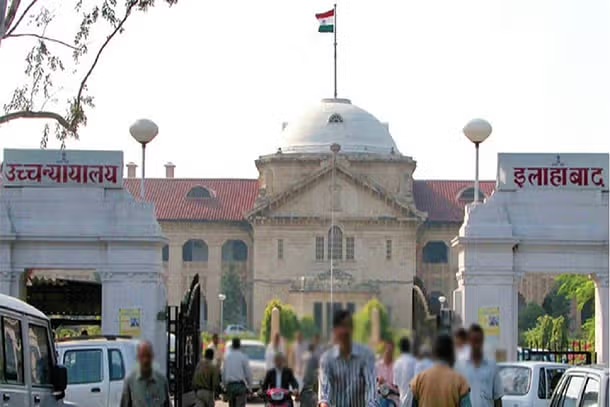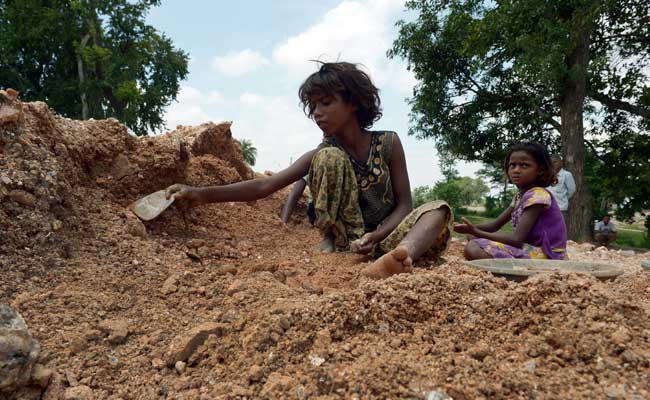The story of Delhi’s Kathputli puppet masters, an ancient art form struggling to survive in the digital age.
As you weave through Delhi’s crowded lanes, the air thick with spices and car horns, you suddenly stumble upon a different world. Welcome to Kathputli Colony, where magic still lives. Master puppeteers bring wooden dolls to life in these little lanes surrounded by tiny cottages. Their skillful fingers make gods and demons, kings and queens, leap and spin on invisible strings. Every gesture portrays a tale that is older than Delhi’s dusty streets.
Meet Ramesh, a puppeteer with starry eyes. This art was handed down to him by his father, as it was to his ancestor. He smiles and adds, “Watch,” pulling up a colorful puppet. You can feel the rhythm in your bones when the puppet suddenly comes to life and starts to dance. Children gather, their eyes wide with wonder. In a world of smartphones and video games, this ancient art still holds the power to captivate. You realize you’re witnessing something precious – a living, breathing piece of India’s soul.
The Origins of Kathputli: An Ancient Art Form
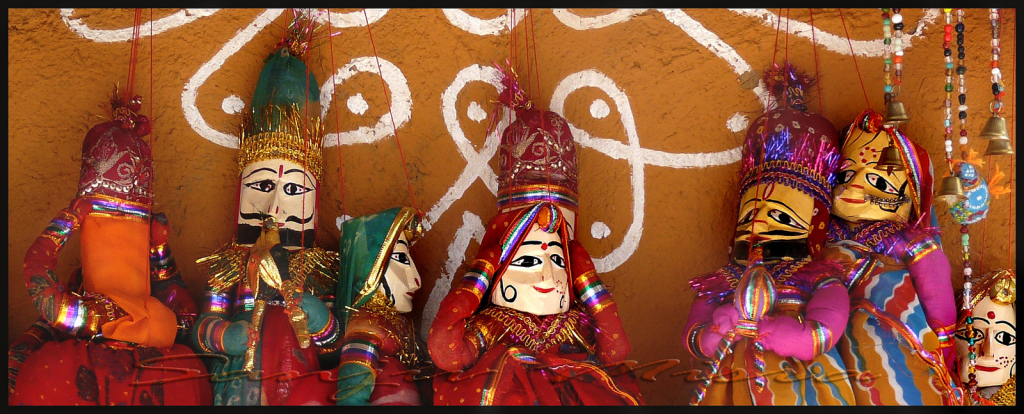
The Birth of a Tradition
“Kathputli” comes from two Rajasthani words: ‘kath’ meaning wood, and ‘putli’ meaning puppet. This ancient art form is over a thousand years old, with its roots firmly inlaid within the royal courts of Rajasthan. These puppets, made exquisitely out of wood and dressed in bright attire, did not merely provide entertainment; they were the conveyors of folk tales, social-moral content, and history.
Storytellers, known as Bhats or Kathputli artists, were highly esteemed in the past. They performed a mix of dance, music, and theater as they went from town to village. Every puppet represented gods, kings queens, and commoners in a wider story, bringing epic tales from the Ramayana and Mahabharata to life. However, Kathputli served as a vehicle promoting cultural values and legacy, going beyond simple enjoyment.
The Craft of Kathputli: An Artistic Endeavor
It all starts with a piece of wood. The puppet makers love to use mango or teak wood because it’s just right – not too hard, not too soft. First, they take this wood and carefully carve it. They use simple tools to shape it into a little person or animal. It’s like they’re coaxing a character out of the woods! Next comes the fun part – painting! They use bright colors made from natural things like plants and minerals. They paint on big eyes, smiling mouths, or frowning faces. Each puppet gets its special look. Then it’s time to dress up the puppet.
They pick out colorful clothes – reds, blues, yellows – whatever fits the puppet’s character. They sew tiny clothes, adding shiny bits and pretty patterns. It’s Rajasthani style, full of life and sparkle. Last but not least, they attach strings. These strings are like magic wands – they’ll make the puppet dance and move! Making a Kathputli puppet takes time and love. Each one is special, carrying a little piece of India’s story in its wooden heart.
Once the puppets are ready, the magic begins. The strings are attached to the puppets’ limbs, and the puppeteer—often behind a curtain—manipulates them with incredible skill and precision. Movements are synchronized with music and dialogue, creating a seamless performance that reaches out and touches the audience. It’s a mesmerizing dance of wood and string where flicks of wrists and tugs of the string bring life into the inanimate.
The Decline of Kathputli: A Struggling Heritage
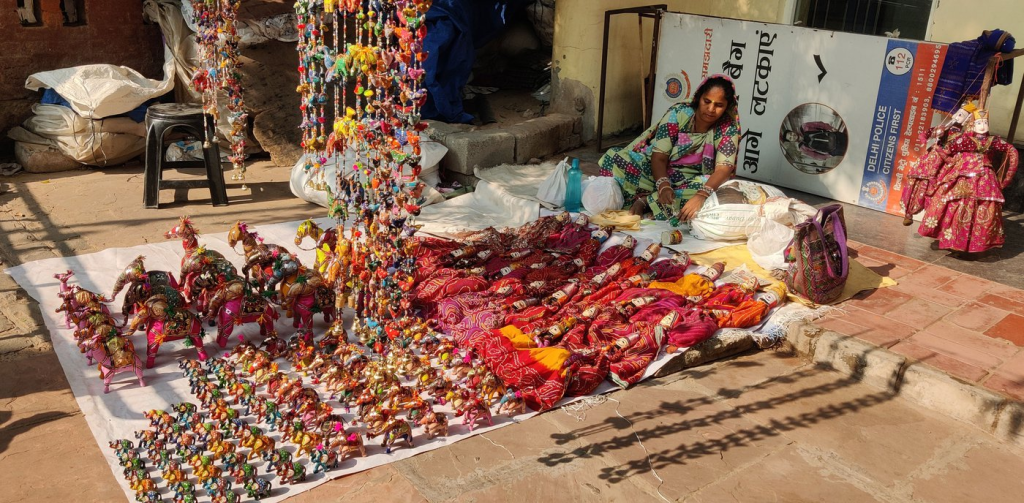
As India marches towards modernization, many traditional art forms like Kathputli face the threat of extinction. The rise of digital entertainment, changing tastes, and economic challenges have led to a decline in the popularity of puppet shows. The once-thriving Kathputli Colony in Delhi now struggles to survive, its artists finding it increasingly difficult to make ends meet.
As one walks through the narrow lanes of Kathputli Colony, one can still hear the faraway echoes of laughter and applause from yesteryears. The sounds are few and far between today. The newer generation—lured by the use of smartphones and further by social media—cares little about traditional performances. Rich cultural narratives that bound communities together now stand in danger of being lost.
Read More – https://steemit.com/india/@rainsa/an-art-of-narration-lost-in-time-the-kathputli
The Future of Kathputli: Embracing Change
Despite the difficulties, the puppeteers of Kathputli Colony persevere. NGOs and organizations have taken action to support the preservation of this art form by providing funding and performance venues. To preserve puppetry and ensure that it is passed down to future generations, workshops and training programs are being held to educate the younger generation on its unique techniques.
While their roots are strong, Kathputli artists have been quite innovative to survive in today’s world. New stories are written that have a rhythm between the tradition of puppetry and the issues of contemporary times. Collaborations with filmmakers, theatre groups, and artists across other disciplines also help in keeping it relevant and engaging.


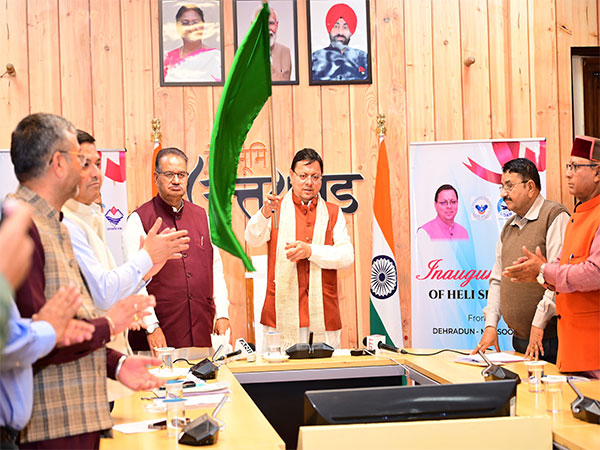
 By
By
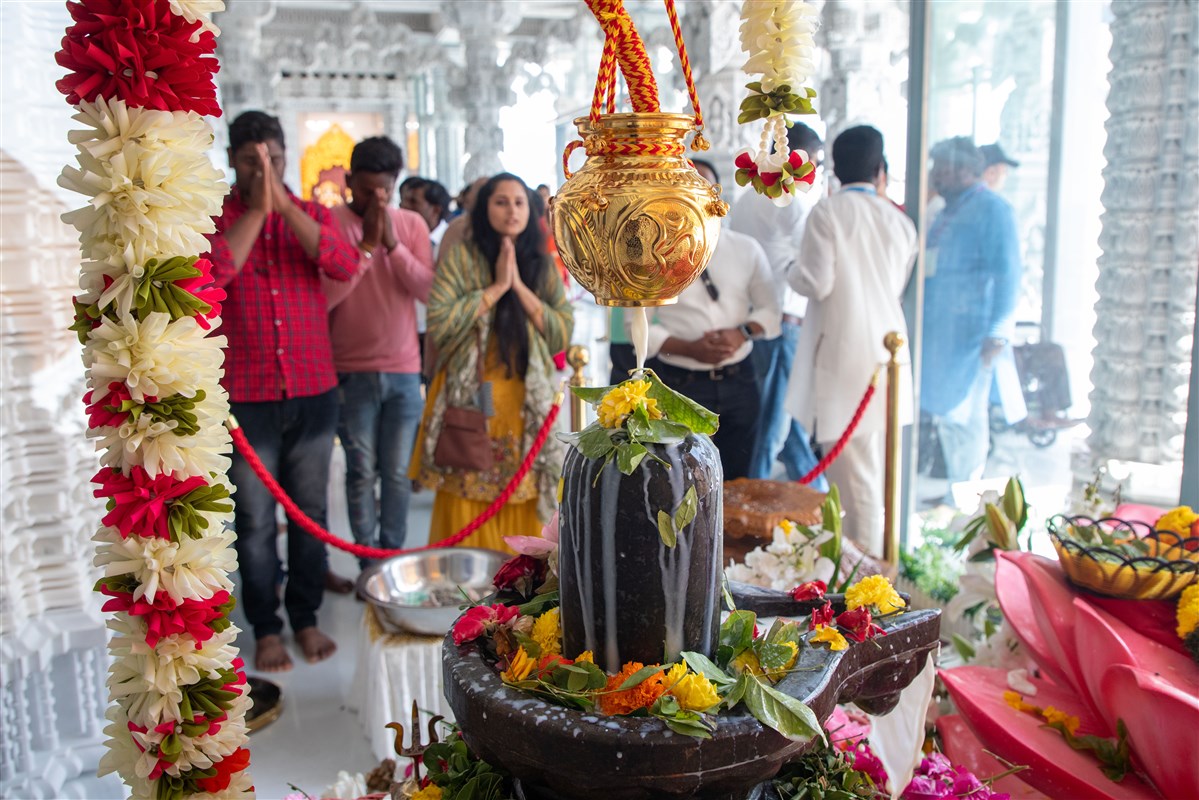
 By
By








